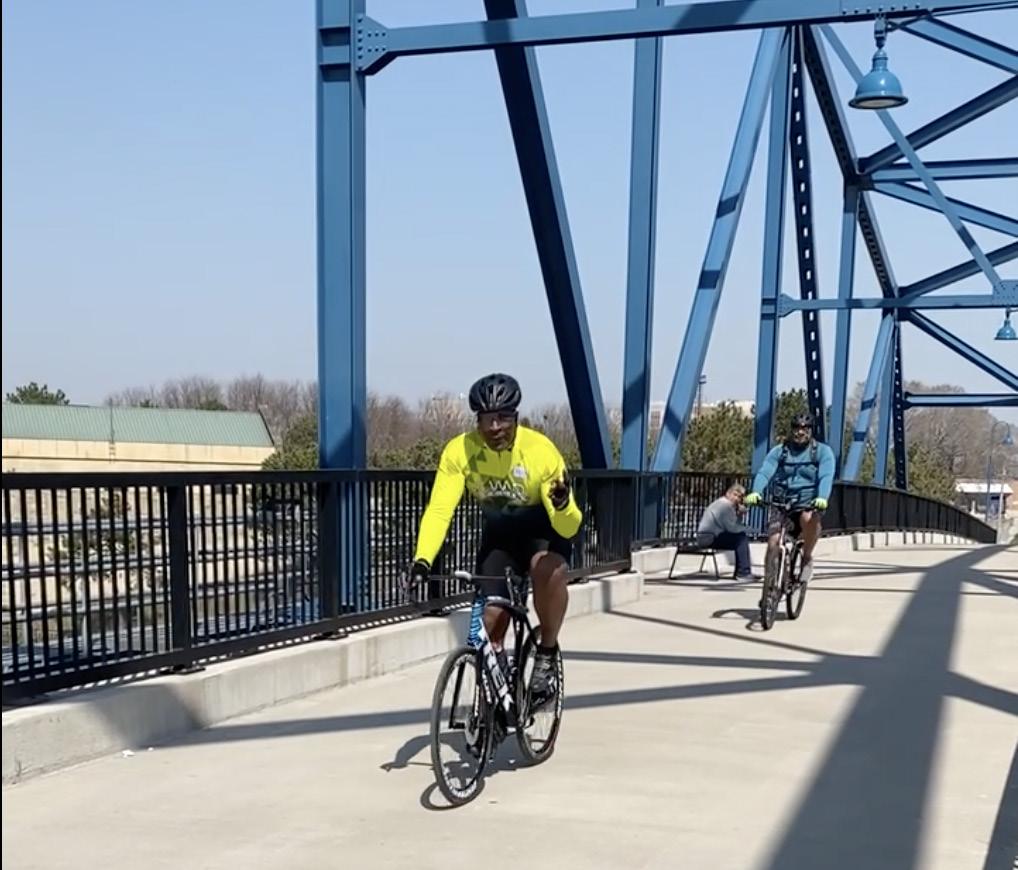
3 minute read
Development Northeast Blue Island
TRANSPORTATION
Cargo Oriented Development (COD) sites address underutilized and vacant industrial land by encouraging the redevelopment of manufacturing, logistics, and related businesses at locations where there is a strong freight access and an available workforce.
Advertisement
Cargo Oriented Development
Blue Island has significant opportunities to boost freight infrastructure. COD promotes efficient and sustainable ways to move freight while helping communities to retain jobs. This helps generate a resilient economy through an efficient freight system that adapts to the use of greener vehicles such as the electrification of trucks and technologies.
Currently there are three COD sites within Blue Island that hold economic potential for the city. One of these COD sites is in the Northeast tract which is also located within an Opportunity Zone containing brownfield properties. Since the decline of manufacturing employment in Blue Island, there is a need for local labor supply and skills in freight and logistics industries.
The city has the opportunity to use the COD site to create new routes for dedicated freight movement and remove freight off local community roads, lowering exposure to polluting freight practices for both residents and the surrounding environment by decreasing congestion and truck pollution in residential and commercial areas..
Figure 2-4: Proposed Cargo Oriented Development Northeast Blue Island
Connectivity
Blue Island faces challenges of connectivity throughout its various modes of transportation. According to Pace bus ridership data, there is an uneven distribution of rides used throughout the study area, with certain routes seeing higher average rides than other routes. When service is not efficient or accessible, cars become residents’ only form of transportation. Island, Western Ave. has long been viewed as an essential part of the city. However, Western Ave functions as a one-way street, affecting the circulation of traffic in downtown Blue Island. The reopening of Division and Chatham streets has improved movement, and the policy proposals this energy plan introduces will similarly help resolve these connectivity issues.
Over-reliance on cars leads to unnecessary energy through idling due to increased traffic and waiting for trains, which also increases polluting emissions. Additionally, as the primary north-south connector road from Chicago through Blue
The proposed land-use changes, COD policies, providing multi-modal forms of transportation, and implementing pedestrianfriendly changes to support biking and walking will help increase the quality of life for residents in Blue Island.


Commitment to Bike & Pedestrian Travel
Blue Island has shown commitment to building infrastructure that would be able to support alternative methods of transportation, specifically those geared towards bicycle and pedestrian travel. Within the past five years, the city has revitalized two bridges essential to the connectivity of Blue Island, incorporated a green infrastructure vision, and united communities throughout the region. The first bridge of note is the Division Street Bridge, which functions as a vital corridor between the north and south sides of the city over the Calumet-Sag Channel. The other is the Chatham Street Bridge, which was reopened for strictly bicycle and pedestrian usage in 2021. This bridge now features an on street and off-street bike path with decorative gateways completing the connection between Alsip and Riverdale. 14
However, more strategic planning regarding the accessibility of these alternative methods of travel for non-leisure usage must be considered by Blue Island; the combination of all these elements will not only connect Blue Island to the rest of the region but also to the rest of the county, providing the municipality with economic and development opportunities. Opened in 2021, the Chatham Street Bridge offers residents a car-free, multi-use path that connects Blue Islanders to each other, and to the larger region via the Cal-Sag Trail.

Victoria Kurlander (2021).






